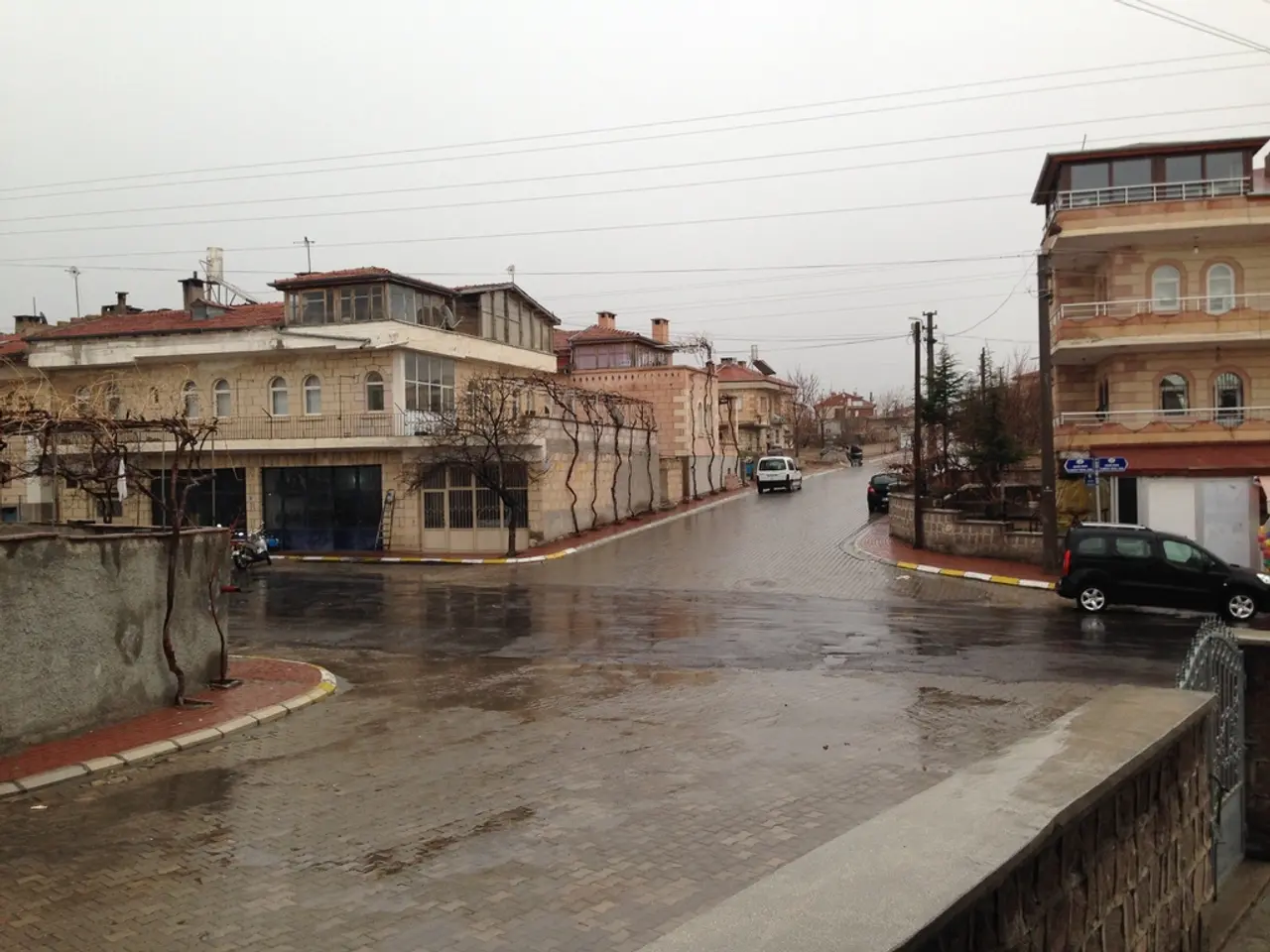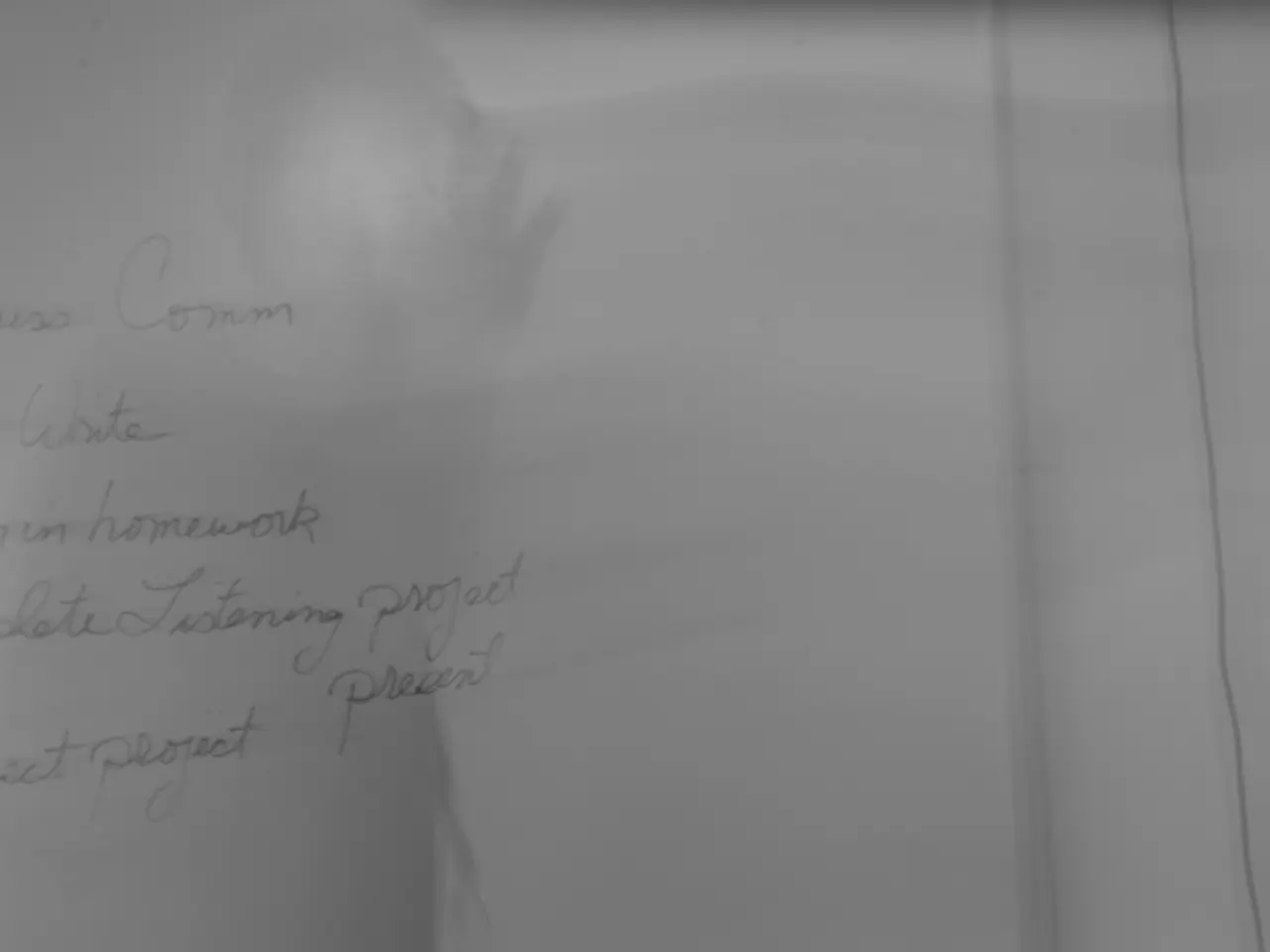Discourse Between Sara Walker and Our Author Focused on Time and Awareness
In a groundbreaking exploration, the concept of time as a physical dimension in relation to the size and structure of the universe is presented in The Hidden Dimensions of Time. This perspective challenges the traditional view of time as a linear progression, instead treating it as an integral dimension akin to the spatial dimensions.
According to this view, time is part of a multi-dimensional continuum, interconnected with the physical size and structure of the cosmos. It is suggested that higher dimensions of time could influence the universe's shape and expansion, aligning with theories that unify space and time into a four-dimensional spacetime manifold.
This conceptualization, critical to understanding cosmological models, is particularly relevant in discussions about relativity theory and hidden dimensions beyond the observable universe. The universe, when considered in terms of its temporal extent, is far larger than its spatial extent, expanding not only in space but also in time.
Every object in the universe, when viewed in this light, would have a gigantic causal tail behind it, stretching back to the big bang. Over 4 billion years, there has been an exponentially increasing amount of causation, recursion, and information packed into the small volume of space that is Earth.
The modern technosphere, as a result of the global integration of life and technology, is a significant structure in the temporal dimension. Living objects, when viewed in terms of their temporal dimensions, are among the largest structures in the universe. These structures are not separate but deeply integrated with the systems that generated them.
The nature of free will is rooted in the intersection of determinism and randomness. We live in a deterministic classical world, while the quantum mechanical reality is different. Free will emerges from being a deterministic structure living in a random background. The extra structure required for the future has to come from the randomness that exists outside our causal structures.
Time constantly bifurcates, generating new structures that locally construct the future. The physics of connection between these structures and the systems that generate them is a complex and ongoing area of study.
A related source from the search suggests that shifting consciousness or perception could metaphorically relate to transitioning between dimensional states, hinting at a philosophical and perhaps experiential approach to the nature of time as a dimension. This approach links the internal state of consciousness with dimensional reality.
In summary, The Hidden Dimensions of Time presents time as a fundamental dimension embedded within a multi-dimensional universe, affecting and affected by the universe's overall size and structure, and potentially accessible or navigable through shifts in consciousness or perception. This perspective offers a fresh perspective on our understanding of the universe's cosmic architecture, challenging conventional notions of time and space.
[1] This synthesis is based on the search results and does not directly represent the detailed scientific exposition found in The Hidden Dimensions of Time. Further research is needed to fully understand the author's treatment of these concepts.
- The exploration of time as a physical dimension in The Hidden Dimensions of Time aligns with theoretical discussions that suggest higher dimensions of time might influence the universe's shape and expansion, contributing to the unification of space-and-astronomy, relativity theory, and elements of technology like the modern technosphere.
- The book's perspective on time as an integral part of a multi-dimensional universe, including its deep integration with consciousness and perception, broadens the perspective on the nature of time beyond the traditional view of it as a linear progression, and raises questions about our navigability and accessibility within the hidden dimensions of time.




